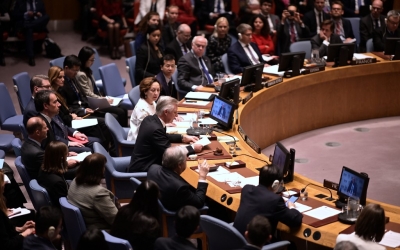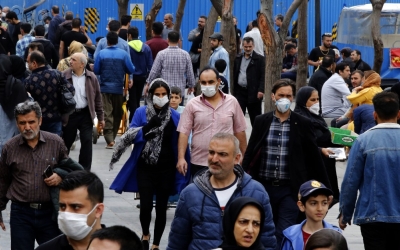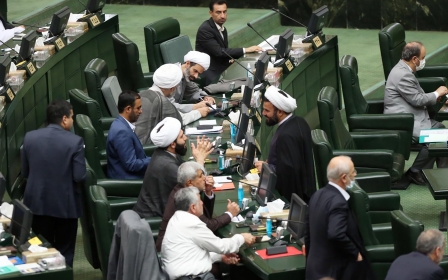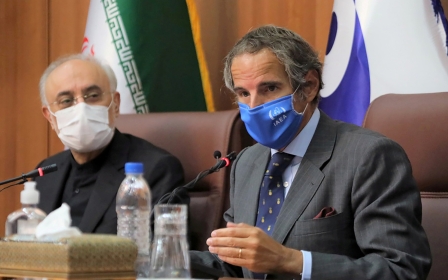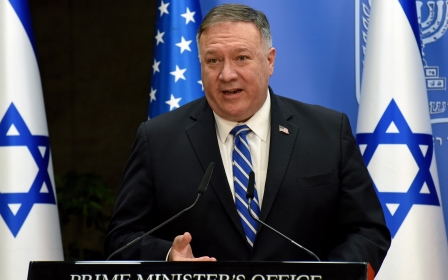Iranian press review: Hardliners want to shift Iran's ties from West to East
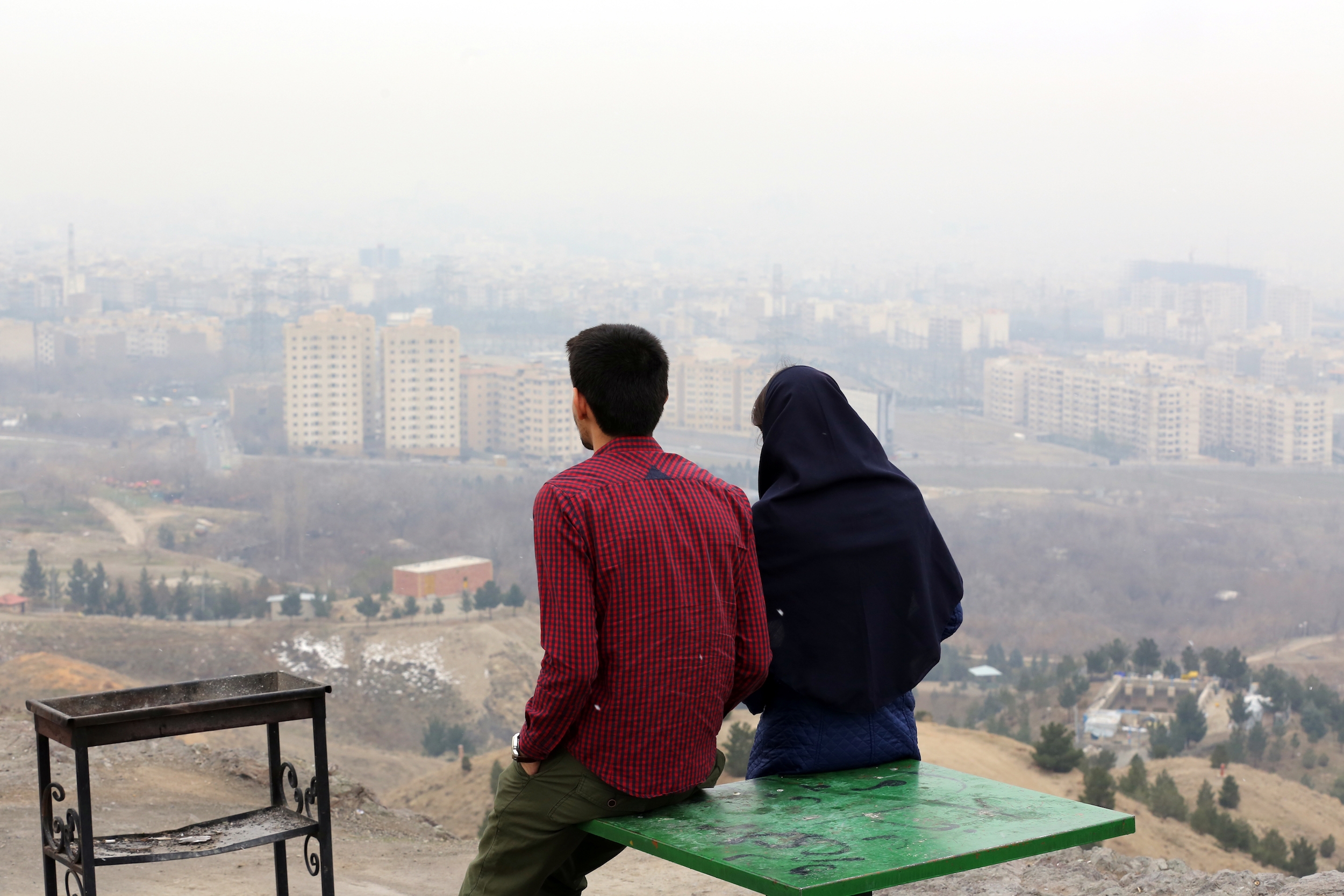
Hardliners want to shift ties from West to East
Iran’s hardline politicians and opponents of President Hassan Rouhani have started a campaign advocating closer ties with China and Russia, following the United States' latest attempt to restore United Nations sanctions against the Islamic Republic.
Last week, US Secretary of State Mike Pompeo notified the UN that it wanted all international sanctions against Iran restored, despite the US unilaterally withdrawing from the 2015 nuclear agreement.
The majority of the United Nations Security Council (UNSC) members rejected the US demand. Indonesia's UN ambassador, Dian Triansyah Djani, whose country is presiding over the Security Council this month, said the council was "not in the position to take further action" on Washington's latest bid to "snapback" sanctions against Tehran.
It was not immediately clear whether Indonesia's position would end the US push to reimpose all international sanctions on Iran.
Iran's hardliners, the country's main opponents of the nuclear deal, took the occasion to attack Rouhani's foreign policy, which has been based on the normalisation of relations with the West.
Lotfollah Forouzandeh Dehkordi, Iran’s former vice-president under Mahmoud Ahmadinejad, called for Rouhani to shift his foreign policy "from the West to the East".
"Lessons should have been learned from [Iran's] attempts to restore relations with the West," Dehkordi told the Mehr news agency, adding the nuclear deal had been a means for the US and European countries to taunt Iran.
Instead, he said, Iran should "make the best use of potentials in the East" and strengthen political, economic and military ties with countries such as Russia, China and India.
Meanwhile, the ultra-conservative Kayahan daily criticised Iranian officials "still keeping an eye on the US election" which will see the Republican President Donald Trump go against the Democratic Party's Joe Biden in November.
Iran should not pin hopes upon the result of that election, the daily suggested, as "we have already seen the outcome of having faith in other countries".
Youth suicide trends worry experts
Iran has seen worrying suicide trends among its youth, which include using one's death as an act of protest, as well as ending lives together in groups, the Aftab daily reported.
On 3 August, two girls, 14- and 15-years-old, committed suicide together in the northern city of Babol by taking tablets containing an agricultural pesticide. Two friends of the girls survived their suicide attempt, despite taking the same pills.
In another incident, a young couple tied their hands together and drowned themselves in the Godar River after their families opposed their marriage.
In Iran, the suicide rate is the highest among 15 to 35-year-olds, and five percent of all suicide attempts lead to death
Meanwhile, local media reported on Saturday that a 19-year-old student had committed suicide by jumping from the rooftop of a four-storey building, just a few hours after he took Iran's national university entrance exam.
Preliminary reports indicated the student might have been worried he would not pass the exam.
In Iran, the suicide rate is the highest among 15 to 35-year-olds, and five percent of all suicide attempts lead to death, according to the Aftab daily.
While Iran has a relatively low suicide rate - with 4.1 suicides per 100,000 people - as compared with the annual global age-standardised suicide rate of 10.5 per 100 000, one expert warned Iran's current economic crisis as well as social pressure on young people have changed suicide patterns in the country.
"In the past, self-immolation was a way for people to protest against something. But nowadays, we see a 14-year-old girl hanging herself, or four girls taking [...] pills together," Amir Mahmoud Hahrirchi, an Iranian social scientist, told the daily.
"The reason for these acts is the situation that we have created for the youth. We've always seen people committing suicide for personal reasons, but now it's a collective reason that forces a group of people to kill themselves together," he said.
Corruption blamed for demolition of Tehran's historic sites
A controversial project to restore the Ibn Babawayh historic cemetery in the south of Tehran has sparked anger among Iranian activists protecting the country's cultural heritage.
According to the Shahrvand daily, the labourers who worked on the project were ordered by a contractor to destroy more than 400 historic gravestones overnight.
"We were told to destroy everything in a night," one of the workers, who asked to remain anonymous for fear of losing his job, told the daily.
"We brought the bulldozers to the cemetery and demolished the gravestones. The caretakers of some of the private family tombs cried and begged us to stop, but we had the order to destroy all those graves," he added.
Activists have accused officials of approving the project without considering the advice of conservation organisations.
Meanwhile, the Hamshahri daily reported that, as prices surge in the housing market, real estate companies have expanded projects in the historic centres of Tehran by demolishing the Iranian capital's ancient houses and gardens.
Real estate companies have used legislative loopholes to void the registration of Tehran's historic houses on the country's national list of cultural heritage sites, Hamshahri reported.
"There are some middlemen who use their contacts to disrupt the legal process and obtain court orders to demolish historical houses without the permission of [Iran's] Cultural Heritage Organisation," the paper wrote.
Iran's cultural heritage protectors believe that such projects were made possible due to widespread corruption and links between government employers and the contractors.
Photo essay depicts life of Afghan child labourers in Iran
A photo story published by the ISNA news agency has depicted the life of Afghan children, as young as two years old, living and working with their families at the brick kilns in the Iranian city of Buin Zahra, some 130 kilometres (80 miles) northwest of the capital.
In an introduction to the story, photographer Azam Dadashi writes that, during the summer, when the kilns begin operation, Afghan migrants of all ages would work from 5am to 10pm.
"Sharifeh, an 11-year-old Afghan girl, along with her 10 siblings aged between two and eight, are working in the kilns," Dadashi writes. "They search for their dreams in the harsh working conditions of the brick kilns."
In one photo, Dadashi documents a moment in which an 18-year-old Afghan woman works in an open area of a kiln under a searing sun, while holding her two-year-old daughter in one arm.
In another photo, Dadashi captures a group of children playing on top of a mound of soil near a pond. The caption for the photo reads: "Shokraneh, Parvaneh and Khadijeh, with two of their brothers, play on top of what is their ship of dreams."
Many seasonal labourers and their families come to work at Iran's traditional brick kilns, often for a low salary, with no contract or insurance.
At the brick kilns near the city of Mashhad, labourers work eight hours a day for as little as five dollars, according to the IRNA news agency.
Iran hosts around three million Afghan refugees and migrants, including between 1.5 and two million without legal status in the country, and Tehran has faced criticism for how it treats them, including those with legal papers.
*The Iranian press review is a digest of reports that are not independently verified as accurate by Middle East Eye.
Middle East Eye delivers independent and unrivalled coverage and analysis of the Middle East, North Africa and beyond. To learn more about republishing this content and the associated fees, please fill out this form. More about MEE can be found here.


